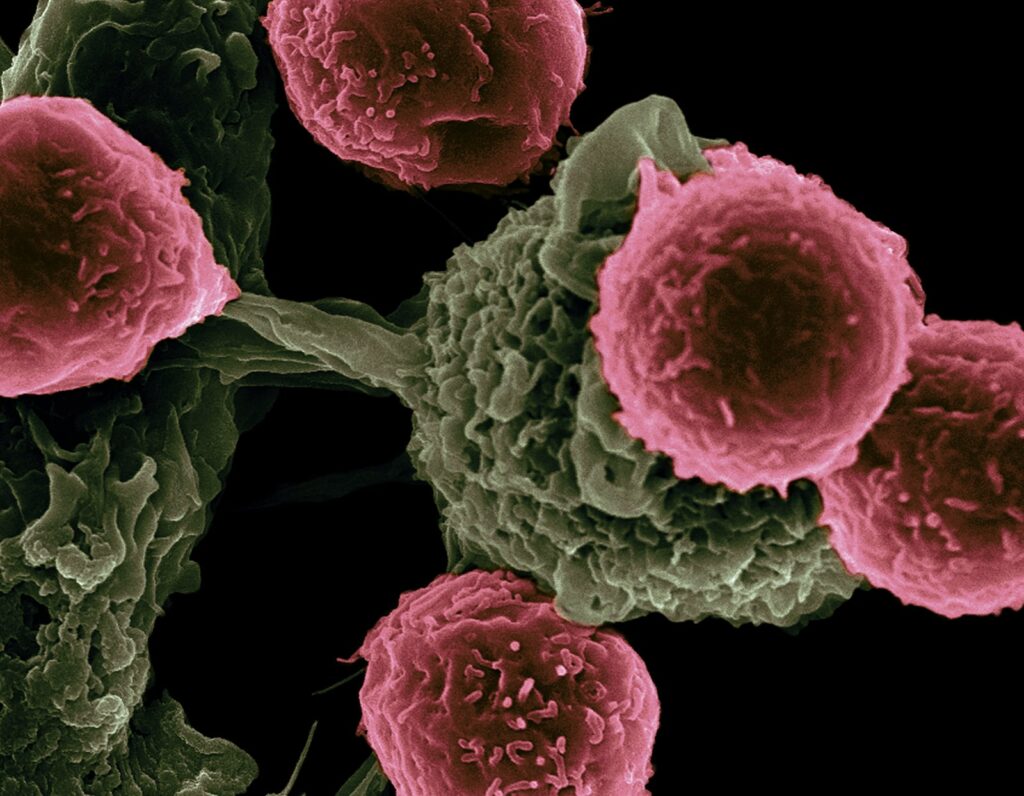Prize Categories
Cell & Molecular Biology
Scientific research areas for the prize awards
Each year the Science and SciLifeLab Prize for Young Scientists focuses on four important fields of life science research to select winners for the annual awards. The Grand Prize winner can be from any of the four categories, and additional winners are chosen from each of the remaining three life science categories.
Cell and Molecular Biology is one of this year’s categories.
Research in this category includes cellular and molecular processes at levels ranging from single molecule to single cell to tissue and organ systems.
What is the difference between cell biology and molecular biology?
Molecular biology is a branch of science that considers the nature and structure of living organisms at the molecular level. Scientists who study molecular biology look at the interactions between various systems of the cell, including the DNA, RNA and the process of protein synthesis.
Cell biology, meanwhile, is typically more focused on the structure and functions at the cellular level, and not necessarily the genetic impact on the larger organism.
Techniques in cell & molecular biology
Many breakthroughs in our understanding of molecular and cell biology come from advances in technology, but others come from applying existing technology in new ways to answer previously undefined questions. Common techniques used in cell and molecular biology today include:
Molecular cloning – this is one of the most basic techniques to study protein function within cells. It is used to assemble recombinant DNA molecules in order to replicate them within a host organism. In this technique, the protein being studied is cloned using a process called PCR (or with enzymes), and is then inserted into either bacterial or animal cells for study.
Polymerase chain reaction (PCR) – this versatile technique for copying DNA allows a specific sequence to be copied or modified in predetermined ways on a large scale.
Gel electrophoresis – uses the principle that all DNA, RNA and proteins can be separated by size or by using an electric field.
Macromolecule blotting and probing – includes the processes referred to as northern, western and eastern blotting to probe or sequence DNA or RNA into patterns for comparison.
DNA arrays and microarrays – are often used for gene expression to compare two sets of tissues, and can be used not only with DNA but also, for example, with antibodies to determine what proteins or bacteria might be present in a blood sample.

